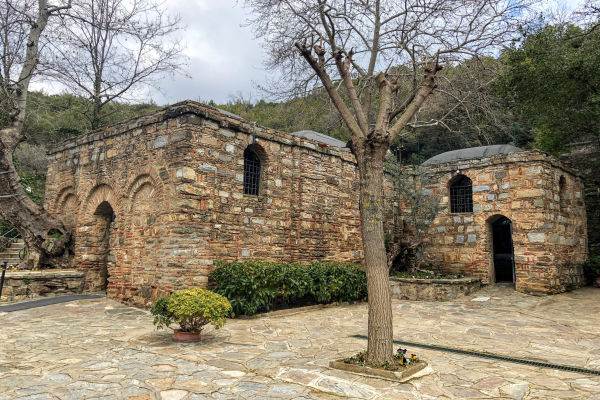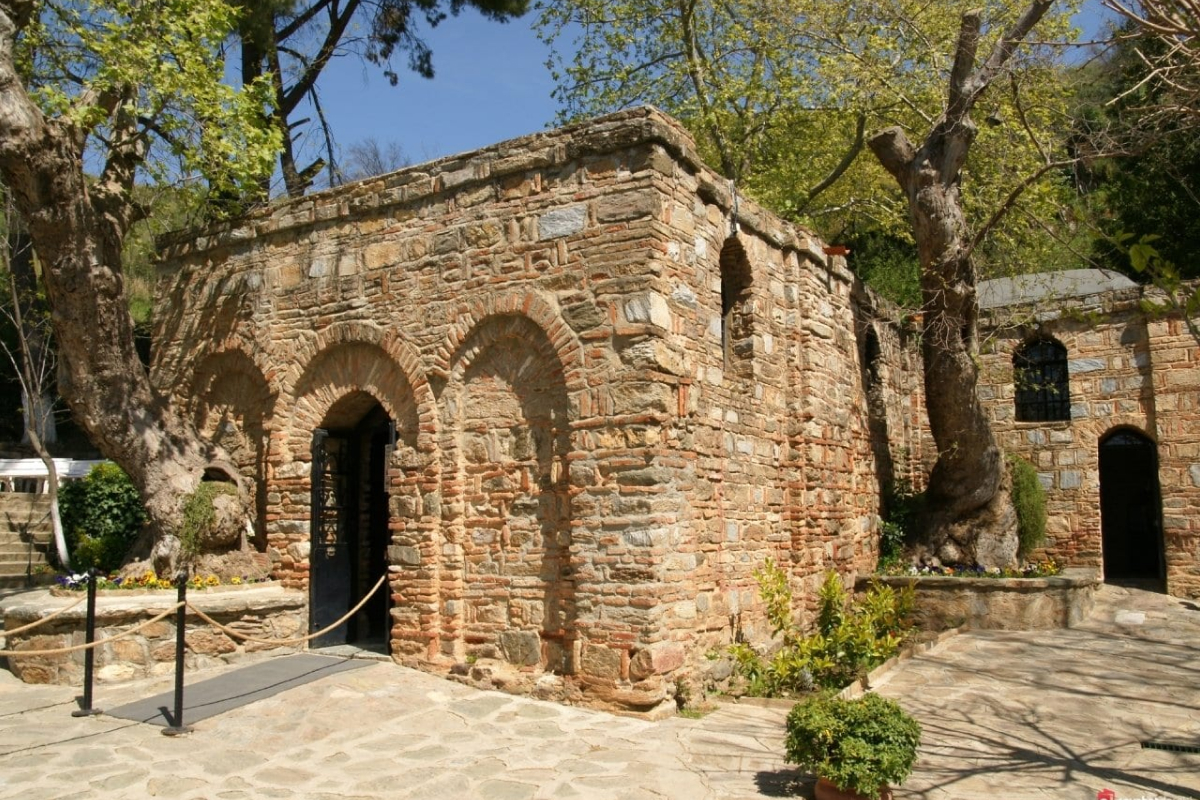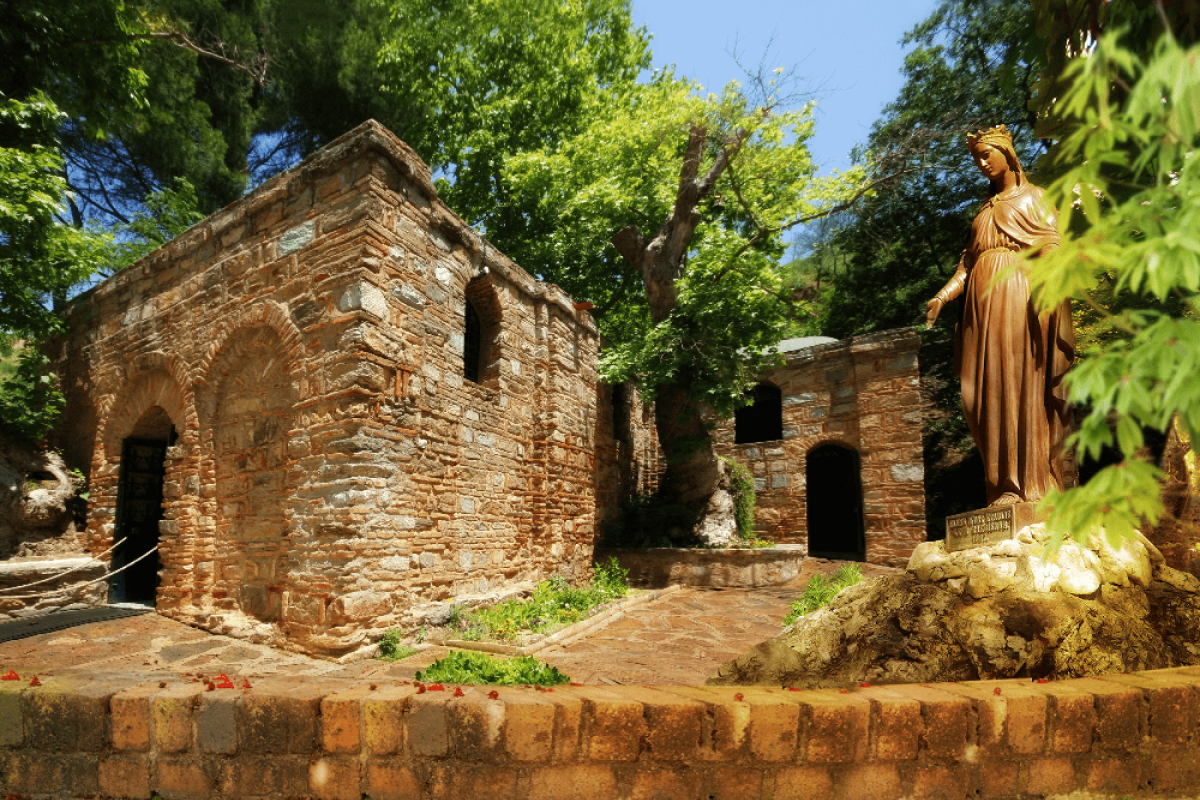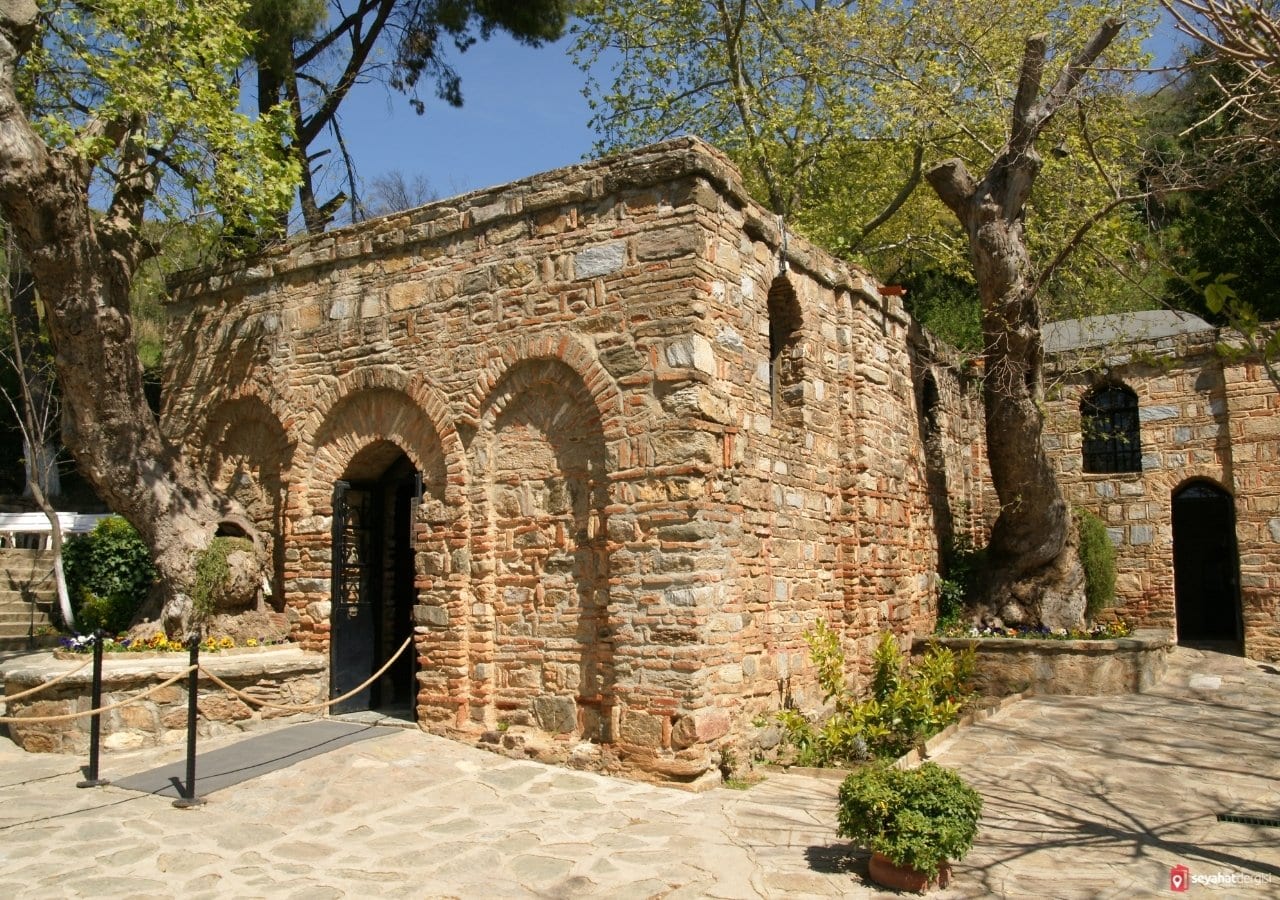Nestled in the tranquil hills near Ephesus, Turkey, the House of Virgin Mary is a sacred site revered by Christians and admired by history enthusiasts. Believed to be the final home of the Virgin Mary, this serene destination offers a harmonious blend of spirituality, history, and natural beauty. Whether you are a pilgrim or a curious traveller, this guide will help you plan the perfect visit.
A Glimpse into the History of the House of Virgin Mary
According to tradition, St John the Apostle brought the Virgin Mary to Ephesus after the crucifixion of Jesus. Situated on Mount Koressos, the small stone house is believed to have been her residence during her final years.
Rediscovered in the 19th century through the visions of Anne Catherine Emmerich, a German nun, the site has been confirmed to date back to the 1st century AD. Recognised by the Catholic Church, the House of Virgin Mary has been visited by several popes and continues to be an important pilgrimage destination.



